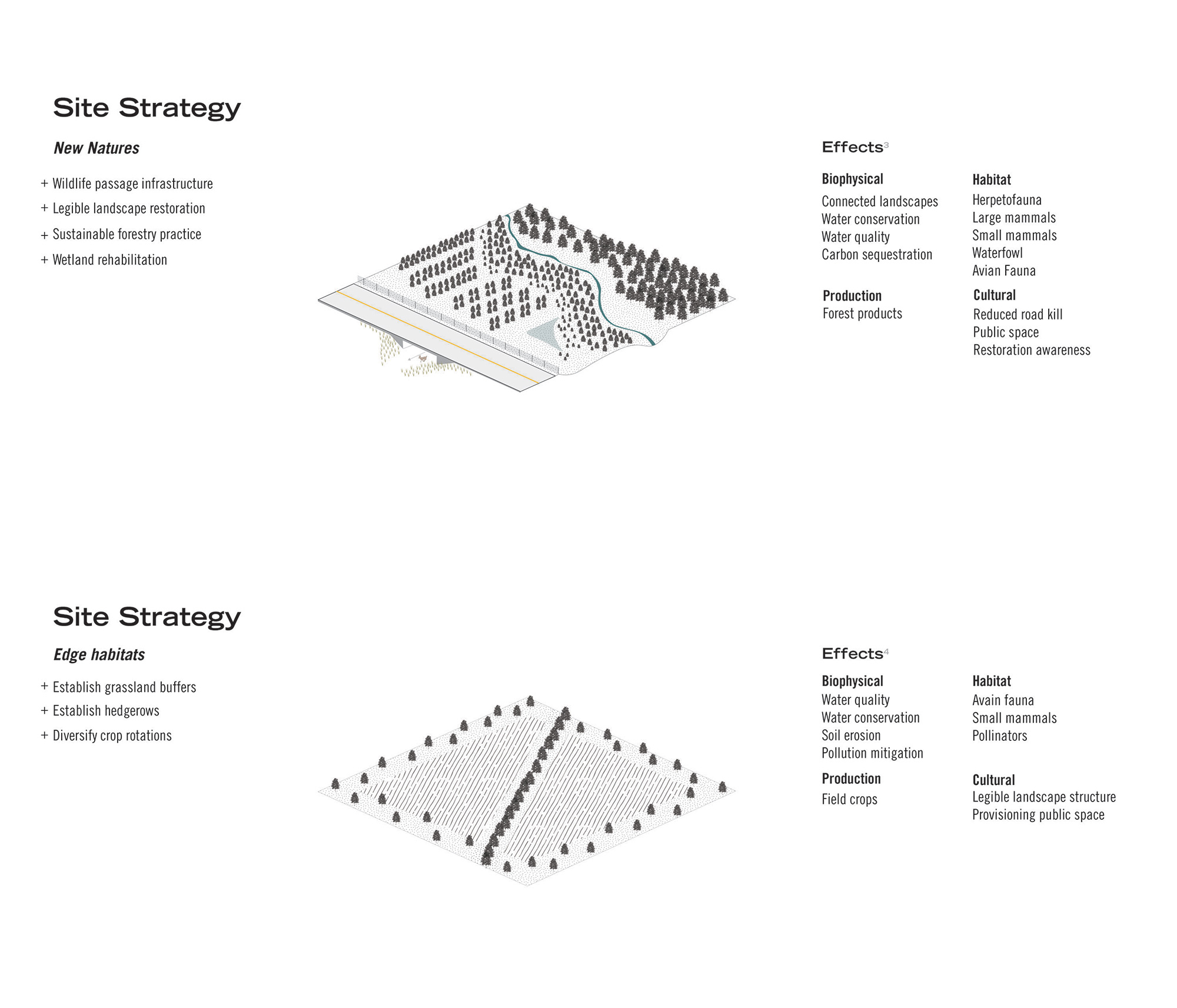
13.04.20 - MLA grad Aaron Hernandez wins a student award from the Council of Educators in Landscape Architecture
In the second year of his Master of Landscape Architecture studies at the Daniels Faculty, Aaron Hernandez (MLA 2019) got a job as a research assistant to associate professor Jane Wolff. At the time, she was at work on Safe Passage, an SSHRC-funded research project aimed at developing new integrated planning techniques for landscapes in urban contexts. Aaron decided to pursue a thesis project along similar lines.
Now, a year later, that thesis project has won the 2020 Student Award for Creative Scholarship from the Council of Educators in Landscape Architecture (CELA), an association that represents landscape architecture schools around the world. Aaron was the award's sole winner, worldwide. (Two other students received honourable mentions.)
Aaron's project focused on Rouge National Urban Park, located on Toronto's east side. The Rouge, which will cover 79 square kilometres of land when complete, is unique among Canada's national parks in that it's bordered on all sides by densely populated urban and suburban neighbourhoods. Large parts of the park are privately managed and used for commercial agriculture. The Rouge is a national park, but it's anything but a wilderness.
Aaron quickly perceived that there was an inevitable tension between preserving the Rouge as a natural environment and allowing it to be used for agriculture. He was interested in using design methods to test the policy documents that undergird land use in the Rouge. In the process, he hoped to find ways for designers and planners to play more meaningful roles in land-use policy development and critique.

Aaron Hernandez.
"What's unique about the project," Aaron says, "is that it tries to use conventional design tools in a slightly unconventional way, by looking at questions of ownership, management, and landscape conditions to understand social-ecological relationships. By visualizing some of those social, economic, and biophysical relationships — in a section drawing, for example — you begin to see that the park's policy is inadequate for dealing with management decisions that have implications across property and boundary lines."
Aaron started by adapting some of the techniques developed by the Safe Passage research partnership. By examining the Rouge's land-use policy, as well as its topography and forest cover, he discovered a disconnect between the park's preservationist ambitions and the reality on the ground. His research suggested that a minimum of 30 per cent forest cover would be necessary to sustain the ecosystem of each of the park's three watersheds. And yet, he discovered, the Rouge's forested areas aren't providing anywhere near that amount of protection. Without some kind of policy intervention, the area's ecosystems would likely collapse.
"Most of southern Ontario has already been cleared of the native forests that were here 200 years ago," Aaron says. "But the landscape has a memory to it. Wildlife species require not only a minimum quantity of habitat, but also a level of connectivity of habitats across the landscape to allow for movement and migration."

A pair of site strategies from Aaron's thesis project.
The next step was developing a design-based policy solution. Aaron researched the ways land use rules are typically formulated and administered in Ontario. It struck him that Ontario’s provincial land use policies are often expressed in the form of restrictions. He decided that the ideal landscape policy for the Rouge wouldn't be restrictive; instead, it would be prescriptive.
He went about defining a set of common existing conditions at the scale of a property parcel, each one an encapsulation of a particular type of clash between the prerogatives of farmers and suburbanites and the needs of a national park — for example, a suburban home with a sensitive wetland in its backyard. For each condition, he developed an associated "site strategy" — a design intervention that could be implemented in order to support ecological integrity. "On public landscapes especially, the health of the environment should supersede private profits. This project aims to define a way public-private partnerships can work towards this," Aaron says.
The CELA Student Award win, for Aaron, was a vote of confidence in an unconventional approach to solving urban landscape problems. Now, a year after graduating from the Daniels Faculty, he's working at Reed Hilderbrand, an American landscape architecture firm, where he's helping lead the firm's work on the National Mall Tidal Basin Ideas Lab, an initiative to develop ways of preserving a threatened landscape in Washington D.C.

